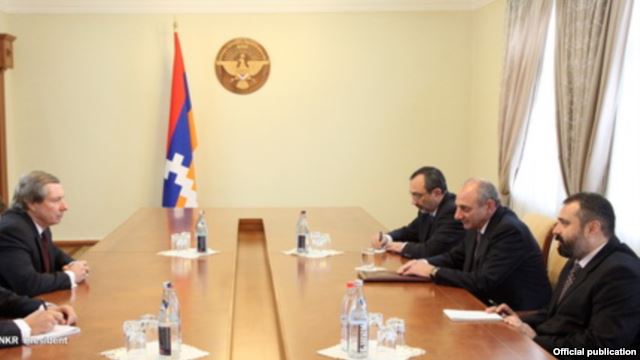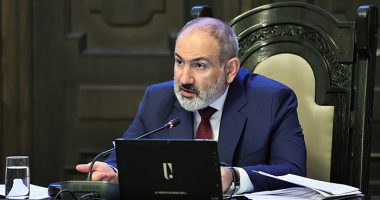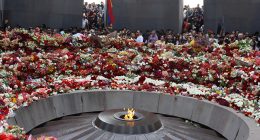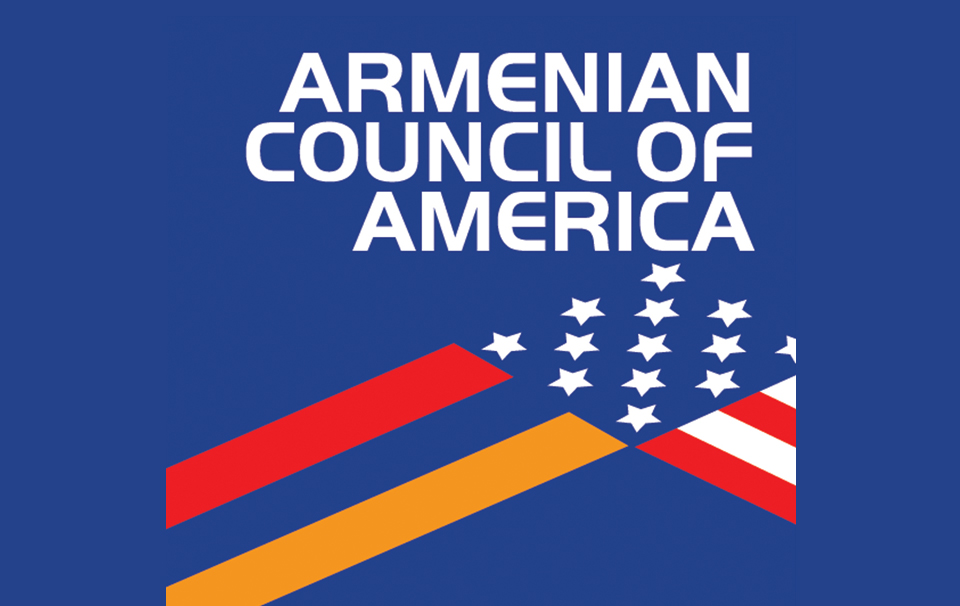Armenia said Friday it would extend the life of its ageing Metsamor nuclear power plant, despite safety concerns over the Soviet-era facility in an active seismic zone.
“The atomic power station will operate until 2026,” Armenia’s Energy Minister Armen Movsisyan informed journalists.
Earlier this month, President Serzh Sarkisian reached an agreement with Russian state nuclear agency Rosatom to help keep the plant running beyond its original closing date of 2016.
The European Union has repeatedly called for the plant to be closed down, arguing that it poses a threat to the region.
Armenian authorities say that the plant has undergone considerable renovations over the past decade and has been passed fit by the International Atomic Energy Agency.
The Armenian government decided also today to allow the Armenian nuclear power plant’s Closed Joint Stock Company “Metsamor Energo Atom” to export nuclear materials. Minister Movsisyan explained that this means that Armenia will move to Russia seven cassettes with nuclear fuel brought to Armenia in 1979-1987 and not used because of technical faults.
CJSC intends to construct a new nuclear power plant unit on the Armenia Nuclear Power Plant Site. Movsisyan said that a new facility would be built over the next decade to eventually replace the Metsamor plant.
Medzamor Nuclear Power Plant, was built during the 1970s, only 36 kilometres west of the Armenian capital of Yerevan in the town of Metsamor. The plant was constructed with two VVER-440 Model V270 nuclear reactors. The Metsamor plant is one of just a few remaining nuclear power reactors that were built without primary containment structures. Metsamor NPP lies near earthquake-prone terrain.
The power plant produces about 40% of Armenia’s electricity. It was closed due to the 1988 earthquake in Armenia. However, economic and transportation blockades by Azerbaijan and its ally Turkey, which created energy shortages in Armenia, caused the Armenian government to decide to reopen the plant in 1993. The Unit 2 reactor was brought back into operation on October 26, 1995. The plant has been operated by Russian company Inter RAO UES since 2003, as part of a five-year term to help pay off Armenia’s debts.










